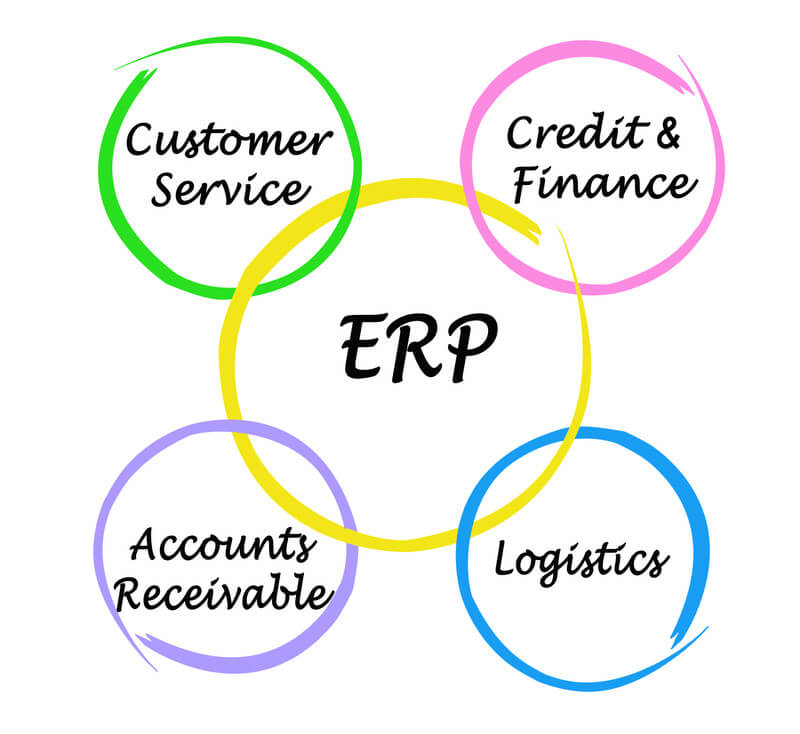Migrating to a new Ecommerce platform is no small feat. Unless you sell just one product and ship from your garage, the chances for complexity and surprises during your website project are high. To help anyone considering a platform upgrade have a better idea of what they’re getting into, we asked our team of Ecommerce implementation pros three quick questions.
#1. QUESTION: In your experience, what is THE SINGLE most difficult part of an Ecommerce implementation and why?
ANSWER: The consensus was “integrations”. Specifically, any time we need to integrate with back-end systems (ERP, shipping, inventory, taxation, financial, etc.) it’s going to be a challenge. In those cases:
- Expect a significant portion of the cost & time estimate to be specific to integration efforts. That includes the scoping, development work, project management, business analysis, testing, and troubleshooting. And….that’s IF the back-end system is a platform that’s an established one like SAP or Microsoft Dynamics.
- For established back-end systems, there’s usually an app or plugin to streamline the integration into an Ecommerce platform like Shopify, BigCommerce, or WooCommerce. While an app does help, there’s still a lot of work around the business rules the integration needs to serve and that’s where the complexity can escalate quickly.
- For home-grown back-end systems, you’ll be paying a higher price as there won’t be any standardized ways to connect it. That means a custom integration. Obviously, anytime the word “custom” is used, that raises the complexity, cost, work effort, and ongoing maintenance.
#2. QUESTION: In your experience, what are clients usually least prepared for when it comes to an Ecommerce implementation?
ANSWER: This question prompted less of a consensus and the answer depended heavily on the perspective of the team member.
- Perspective from the SEO: Redirects can be a thing that most clients don’t even think of when doing a new site – and that can kill your SEO results fast. Even if they have thought of doing them and put in a plan for getting them done, most don’t realize that they also need to address legacy redirects that were in place prior to this existing build. Skipping those can lead to a loss of link equity that can hurt SEO long term. Needless to say this is one of the top things on the checklist.
- Perspective from Development: “Scope creep” is a fact of life. Even the best scoped engagements can result in a stakeholder realizing the need for an additional feature or some adjustment to the scope. What many don’t realize is the amount of time it can (but doesn’t always) add for any additional “customizations” or work outside of the project scope.
- Perspective from Development: Sometimes a problem that seems “simple” to the client requires some type of major customized solution in order to solve to the level desired. This can be frustrating for the client because their expectation wasn’t properly set. When it comes to Ecommerce implementations, a developer’s best friend is a Business Analyst who can preemptively sniff out these types of issues in the early stages so a mitigation plan can be put into the project scope.
- Perspective from the Business Analyst: The biggest hurdles can be gaining alignment on all the internal organizational needs and how things need to operate. We’ve found this to be especially true when we’re helping a manufacturer go Direct to Consumer (DTC).
#3. QUESTION: If you had to give only one piece of advice to someone considering upgrading or migrating their Ecommerce platform, what would that be and why?
ANSWER: Two themes dominated this discussion: “Discovery” and “Customizations”.
- Do an “Internal Discovery”. Bring in an outside facilitator if you don’t have the skillset, but before you dive in, create a cross-functional “discovery” team involving reps from all applicable internal departments (e.g. Marketing, IT, Finance, Shipping, Sales, etc.). The role of this discovery team is to fully vet and understand the “current state” and how the business operates. Once that is determined, it’s easier to see what is currently missing and needs to be added on both the front-end and back-end of an Ecommerce site.
- If you do bring in an outside partner, make sure they are thorough in the Discovery phase in gathering all the business requirements – they owe you that.
- Steer away from customizing things whenever possible, unless you have an in-house team (or big enough budget) to keep up with it long term. Customizations add time and cost to the implementation, but the long term implications can be even greater. The more customizations you do, the more expensive and more difficult it is to maintain your site. If you can get “95% there with no customizations” then do an analysis to determine if that “5%” is really worth it. It may very well be, but do your homework and make sure before investing in it.
- Go with a platform that meets as many of your business needs as possible “out of the box” and/or with some reliable apps/plugins. Meeting the business needs is always the top priority, but reducing the need for customization is a good second priority.
Ready to grow your B2B Ecommerce channel?
NordicClick helps small and mid-size B2B manufacturers grow and optimize their online stores through the enhancement of technical capabilities leading to streamlined processes and increased cost efficiencies. Our versatile team of Ecommerce professionals is dedicated to helping you meet your revenue, traffic and conversion goals through a full-suite of web development and digital marketing services. Contact us today to get started started!

(c) Can Stock Photo / vaeenma
